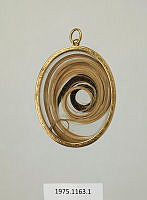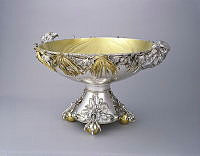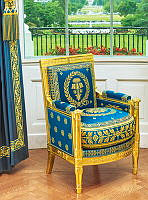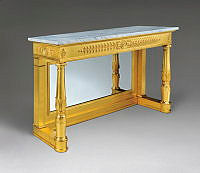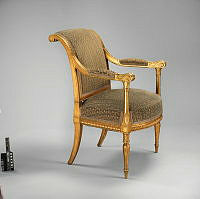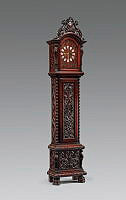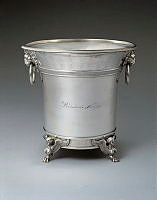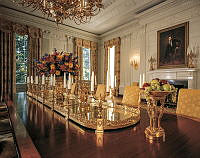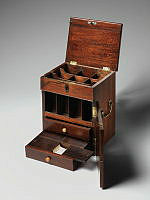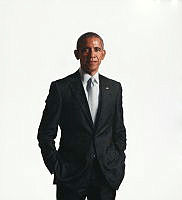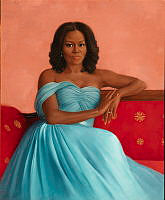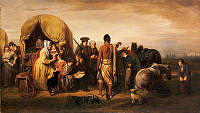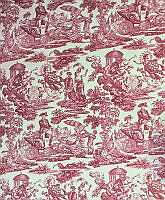Sugar Bowl, Hot Water Urn, and Kettle on Stand, White House Collection
This silver sugar bowl, hot water urn, and kettle on a stand were part of a 12-piece service made for President Millard Fillmore and his wife, First Lady Abigail Fillmore, by the renowned New York firm Wood & Hughes. They purchased the service, which is engraved with their names, circa 1858, after Fillmore left office. Mrs. Fillmore used the proceeds from the sale of a horse and carriage in 1850 to purchase the set. The urn was acquired for the White House by the White House Historical Association in 1973.
